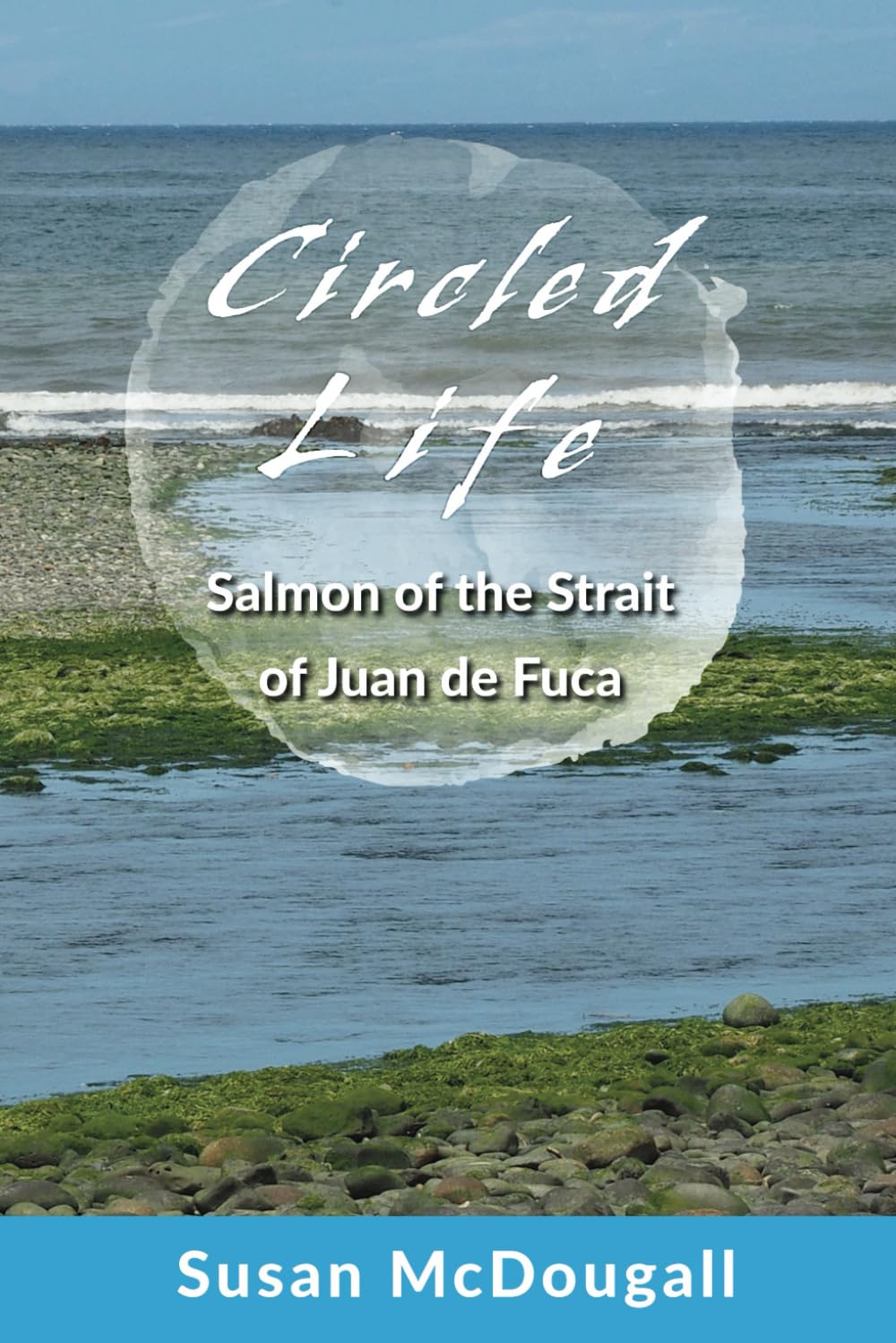~~~~~~~~~~~~~~~~~~~~~~~~~~~~~~
Monthly Newsletter Spotlight
Holiday Book Recommendations
~~~~~~~~~~~~~~~~~~~~~~~~~~~~~~

Our staff picks, listed below.
Need a Gift Idea for the Holidays? |
|
Check out these book recommendations from our staff to you! |
Wildlife of the Pacific Northwest
by David Moskowitz
What Maude has to say:
This is a must-have field guide for improving your natural history knowledge about local fauna, and for identifying any animal, bird, reptile, or insect tracks found on the Peninsula. There are beautiful color photos of animals and their tracks, life history information for most of the 180 species, and range maps. For those new to tracking, there is an accessible explanation of animal and bird foot morphology, descriptions of common track patterns and what they reveal about the animal’s speed of travel, and tips on what other types of animal sign to look for besides tracks. You are guaranteed to learn some amazing factoids, and reading this book will probably bring you into closer relationship with your non-human neighbors.

Stronghold
by Tucker Malarkey
What Sarah has to say:
The book Stronghold is a captivating account of the fight to protect the planet’s last strongholds of wild salmon, weaving together Wild Salmon Center’s CEO, Guido Rahr’s, personal journey and the ecological significance of these fish. The book highlights the complex interplay of conservation, science, and human impact on these vital ecosystems.

Across the Olympic Mountains: The Press Expedition, 1889-90
by Robert Wood
What Lindsay has to say:
For those who like local history or have taken a walk in the Olympic Mountains, this book is a great depiction of the wild rivers, forests, and mountains of the Olympics prior to extensive development. I loved reading about the journey up the mighty Elwha River before the construction of the dam. Great to read on a rainy winter day accompanied by a map.

The Behavior and Ecology of Pacific Salmon and Trout
by Thomas P. Quinn
What Nate has to say:
If you’ve ever had a question about Pacific salmon or trout, this book will have the answer! From the different stages of development, to homing and migration, to reproduction, Thomas Quinn does an excellent job translating a large amount of scientific data and information to the layperson, avoiding overly technical jargon that can often plague peer reviewed literature. Illustrations and diagrams are easy to understand, and each chapter also has a brief and very helpful summary of main points. This book will teach you all you’ve ever wanted to learn about our local salmonids, and then some!

Local Salmon Read!
If you're interested in learning more about our local Pacific salmon, check out the new book Circled Life: Salmon of the Strait of Juan de Fuca by local author and longtime NOSC volunteer, Susan McDougall! Learn about the local life history of each of the seven salmonids native to our local waters through seven essays that dive into biology, history, status, restoration efforts, and much more.

